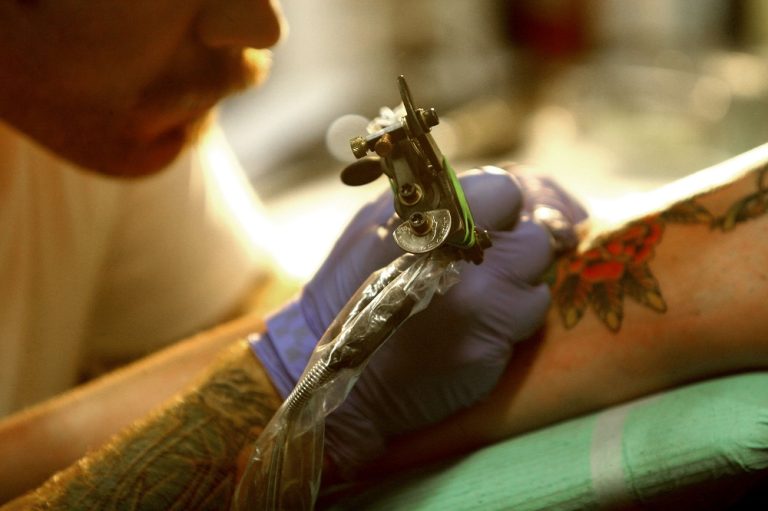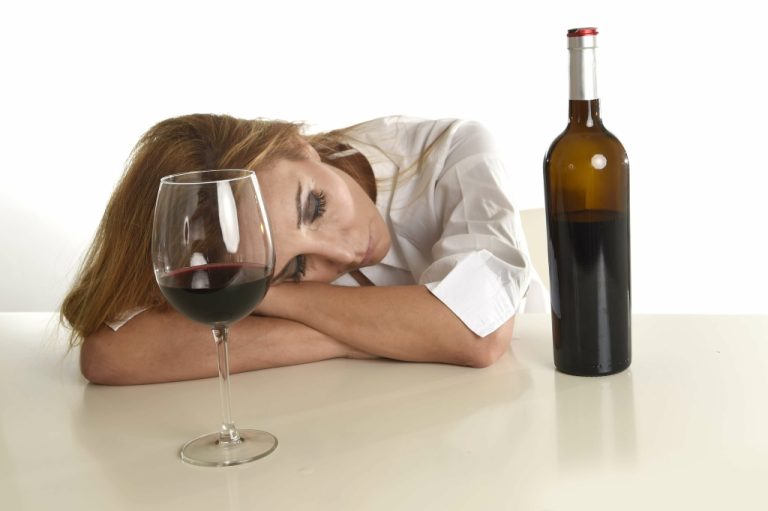Content
Naltrexone has been approved by the FDA for
the treatment of opioid dependence; however, because it can cause acute withdrawal
from opiates (potentially making the patient feel very ill), patients should be
drug-free for at least 7 days before beginning treatment. Additionally, patients
should be warned that if they return to using opiates heavily, they run the risk
of death because naltrexone will reduce their tolerance to opiates and put them
at risk for overdose (10). Because many people suffer from both alcohol and drug dependence,
scientists speculate that these disorders may have some common causes and risk
factors, as described below. This paper looked at the association between alcohol consumption and signs of problematic drinking, or dependence, at age 18, and depression six years later at age 24. Many individuals with psychological illnesses turn to alcohol as a method of coping with their illness. For example, some with schizophrenia claim that alcohol “quiets” the voices in their head; some with depression claim that alcohol elevates their mood.

Alcohol consumption becomes a problem when it takes precedence over all other activities. According to the National Institute of Health (NIH), in 2015, 15.1 million American adults (6.2 percent of the population) had an alcohol use problem. If you buy through links on this page, we may earn a small commission Here’s our process.
How does someone know if they need treatment for alcohol dependency?
The official move away from the terms “abuse” and “dependence” in the DSM-5 is also reflective of a shift in how professionals talk about alcohol and substance use. Alcohol dependence was originally defined as a chronic medical condition characterized by experiencing symptoms of withdrawal when the person stops consuming alcohol. To avoid experiencing withdrawal symptoms, the person has to keep consuming alcohol. A BAC of 0.09% to 0.25% causes lethargy, sedation, balance problems and blurred vision. A BAC of 0.18% to 0.30% causes profound confusion, impaired speech (e.g. slurred speech), staggering, dizziness and vomiting. A BAC from 0.25% to 0.40% causes stupor, unconsciousness, anterograde amnesia, vomiting (death may occur due to inhalation of vomit while unconscious) and respiratory depression (potentially life-threatening).
- Researchers at University College London (UCL) and the University of Bristol also found that drinking large amounts of alcohol regularly, but with no signs of dependency, did not predict the risk of depression.
- Growing up around family members and close relatives that suffer from alcoholism increases the risk of alcohol abuse for generations to come.
- While cirrhosis scars from excessive drinking are irreversible, quitting alcohol and leading a healthier lifestyle can help your liver heal from alcohol-related liver disease.
- They cannot tell whether a person has been drinking heavily for a long time.
Individuals in their early to mid-twenties are the most likely to abuse alcohol and suffer from alcohol use disorders. The younger that an individual starts consuming alcohol, the more likely they are to develop alcoholism later in life. This is especially true of individuals who start drinking before 15.
Impact on your health
A Canadian study39 found that early age at onset was related to subsequent alcohol dependence, despite a lower legal drinking age. Recent research40 found that 29 of 30 European countries that have lower legal drinking ages than the United States had higher percentages of 15-year-olds who drink. Most of these countries also had a higher percentage of 15-year-olds who drink heavily (≥5 drinks per occasion) and to intoxication.
If you or a loved one is struggling with an alcohol use disorder, help is only a phone call away. Contact a treatment provider now to learn about available treatment options. Alcohol dependence can form quickly and aggressively, or it may surface over a longer period of time. Regardless of when or how a drinking problem starts, there are plenty of treatment options available to help get your life back on track. Seeking professional help will provide you with the greatest chance for lasting sobriety. Li in NIAAA’s journal Alcohol Research &
Health (23), addiction carries a stigma that might make clinicians less likely
to use this term for fear of alienating their patients.
Age at Drinking Onset and Alcohol Dependence: Age at Onset, Duration, and Severity
It examined the
prevalence of alcohol and other drug use and abuse in the United States. According
to NESARC, 8.5 percent of adults in the United States met the criteria for an
alcohol use disorder, whereas 2 percent met the criteria for a drug use disorder
and 1.1 percent met the criteria for both. People who are dependent on drugs are
more likely to have an alcohol use disorder than people with alcoholism are to
have a drug use disorder. Young people ages 18–24 had the highest rates
of co-occurring alcohol and other drug use disorders (see figure). Men were more
likely than women to have problems with alcohol, drugs, or the two substances
combined (1). In addition studies have not examined whether other interventions that delay drinking onset also reduce the development of alcohol dependence during adolescence and adulthood.

Alcohol use disorder can include periods of being drunk (alcohol intoxication) and symptoms of withdrawal. However, a person who has been consuming unhealthy amounts of alcohol for a long time is likely to become sedated when they drink. Many people who consume unhealthy amounts of alcohol deny that alcohol poses a problem for them. Other tests can indicate whether there is damage to the liver, or — in males — reduced testosterone levels.
Additionally, those who choose to avoid social situations where drinking is likely to occur are also less likely to develop alcoholism. However, once an individual begins drinking, personal choice has considerably less influence over whether they become an alcoholic Top 5 Questions to Ask Yourself When Choosing Sober House compared to other factors. To determine the number of episodes, respondents who ever experienced dependence were asked, “In your entire life, how many separate periods like this did you have when some of these experiences were happening around the same time?
When they drink, their maximum number of drinks is 17, the highest of any subtype of alcoholic. According to a study published in the journal Preventing Chronic Disease, 90% of people who abuse alcohol are not alcohol dependent. This included people who engaged in excessive drinking and binge drinking. However, the study did find that people who engaged in binge drinking more often were also more likely to be alcohol dependent. Your culture, religion, family and work influence many of your behaviors, including drinking. Family plays the biggest role in a person’s likelihood of developing alcoholism.
